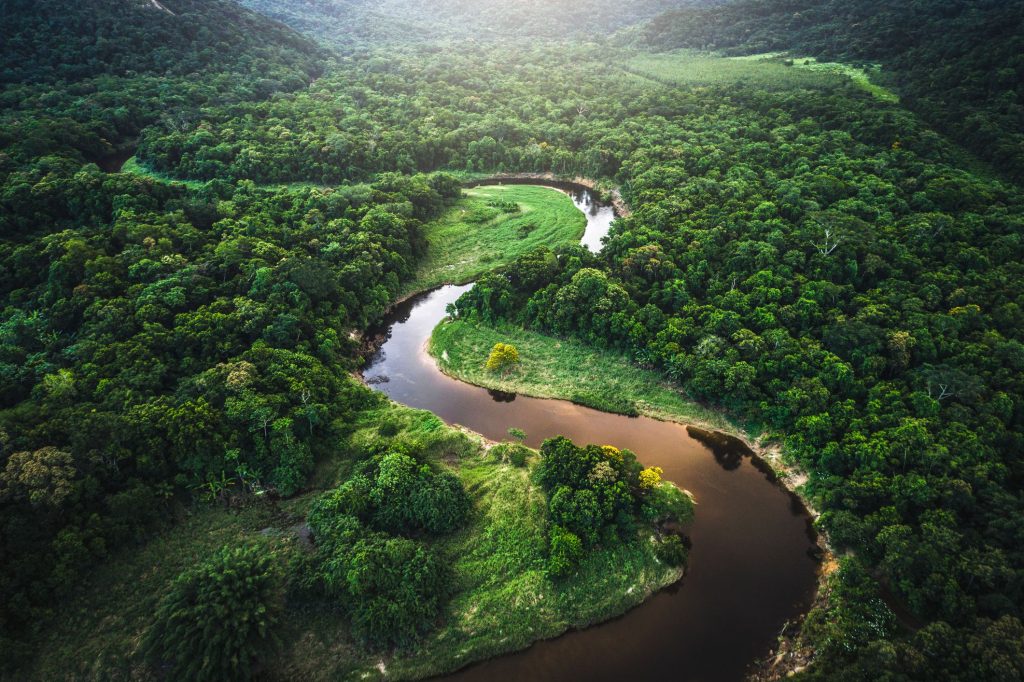BRB Finance Coalition Secures $4.5B for Brazil’s Forests, Bioeconomy Ahead of COP30

- $4.5 billion committed toward forest restoration and bioeconomy projects, 45% of the coalition’s $10 billion 2030 target.
- 3.65 million hectares of Brazilian forests to be protected or restored under current pledges.
- Initiative gains traction ahead of COP30 in Belém, shaping Brazil’s positioning in global climate finance.
Brazil Ramps Up Forest Finance
The Brazil Restoration and Bioeconomy Finance Coalition (BRB Finance Coalition) has secured more than $4.5 billion in commitments to forest and bioeconomy projects, accelerating momentum toward its $10 billion target for 2030. The figure, drawn from pledges by the coalition’s 25 members, positions the initiative at nearly half its goal with five years still to run.
Launched on the sidelines of the G20 Summit in Brazil in late 2024, the coalition aims to protect and restore critical ecosystems while channeling investment into bio-based industries. The latest tally covers 3.65 million hectares of forests slated for protection or recovery — a scale that signals Brazil’s emerging role as a laboratory for green finance.
COP30 Context
The timing is politically charged. Brazil is set to host COP30 in Belém next year, the first UN climate summit in the Amazon region. Officials and investors are framing the country’s forests not only as global carbon sinks but also as engines of economic renewal.
“Surpassing the $4.5 billion mark shows that the $10 billion goal is not only viable, but that we are building a solid and reliable path to achieve it,” said Thaís Ferraz, Program Director at the Climate and Society Institute. “We are turning ambition into action and will bring concrete proof of Brazil’s leadership role in global climate finance to COP30.”

Private Capital Steps In
Much of the momentum has come from private investors, particularly asset managers and banks, who view Brazil’s bioeconomy as a frontier opportunity. Gerrity Lansing, Head of BTG Pactual Timberland Investment Group, said restoration and bioeconomy projects are increasingly aligned with international climate agendas.
“Restoration is one vital part of a broader landscape that also requires protection and sustainable management, all of which are well aligned with the objectives of the COP30 Presidency,” Lansing said. “Signals like this give us confidence that we are entering a new era for climate, nature, and communities.”
Turning Pledges into Delivery
Coalition leaders stress that commitments are only the first step. The term “mobilize” refers to investment pledges that must be deployed through concrete projects by 2030. Translating that into results on the ground remains a critical test.
RELATED ARTICLE: Brazil Bioeconomy Coalition Commits $2.6 Billion to Forests and Indigenous-Led Projects
“This milestone is a strong signal of momentum as we head into COP30,” said Mauricio Bianco, Vice President of Conservation International Brazil and Steering Committee member of the BRB Finance Coalition. “But it is also just the beginning — we look forward to the work ahead of transforming these commitments into lasting action on the ground. That is how we will secure the benefits for people, nature, and the climate that this coalition was designed to deliver.”

Governance and ESG Implications
The initiative intersects with Brazil’s broader climate governance. President Luiz Inácio Lula da Silva has positioned the Amazon at the center of his diplomatic agenda, seeking to attract international capital while retaining domestic oversight of natural resources. The coalition’s financing drive dovetails with these efforts, suggesting a coordinated strategy to blend private investment with public policy.
For ESG-minded investors, the coalition provides a test case in large-scale nature finance. By setting measurable targets — 5 million hectares of forest restoration and protection by 2030 — the alliance offers transparency that global asset owners increasingly demand. It also links directly to biodiversity frameworks emerging under the Kunming-Montreal Global Biodiversity Framework and Article 6 carbon markets.
What Executives Should Watch
C-suite leaders and investors will be tracking three dynamics:
- Capital Deployment: How quickly commitments shift from balance sheets to projects on the ground.
- Policy Alignment: Whether Brazil’s regulatory environment enables the scaling of bioeconomy investments.
- Global Leverage: How these results position Brazil at COP30, potentially shaping rules for forest finance worldwide.
Global Stakes
Brazil’s forests represent nearly 60% of the Amazon, the largest tropical carbon sink. If the coalition can channel $10 billion effectively into restoration and bioeconomy industries, it could shift both the country’s economic trajectory and global climate outcomes. The $4.5 billion milestone is only one step, but it sets a pace that may influence how other forest nations frame their own finance coalitions in the run-up to COP30 and beyond.
Follow ESG News on LinkedIn








